Iran: A round trip in pictures
-
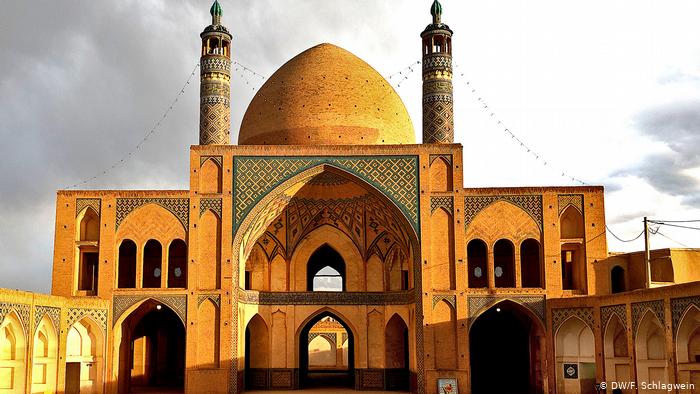
Kashan, a friendly small town: the city itself has unique charm with its traditional houses, mosques and bazaars. The surroundings of Kashan also have a lot to offer. The salt lake and the huge dunes in the nearby Maranjab Desert are particularly worth a visit, especially if you get up early to see the sunrise -
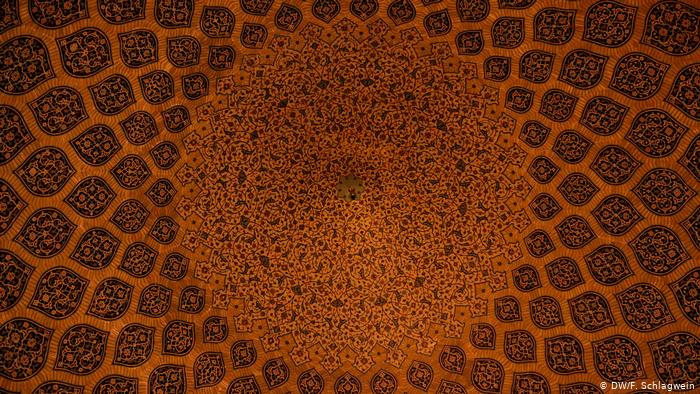
Isfahan, an art loverʹs paradise: art is omnipresent in Iran. The dome of the Sheikh Lotfollah mosque in Isfahan provides ample proof of the Iranians' love of detail. Even outside the countryʹs religious buildings, you will find colours, pattern and murals everywhere -
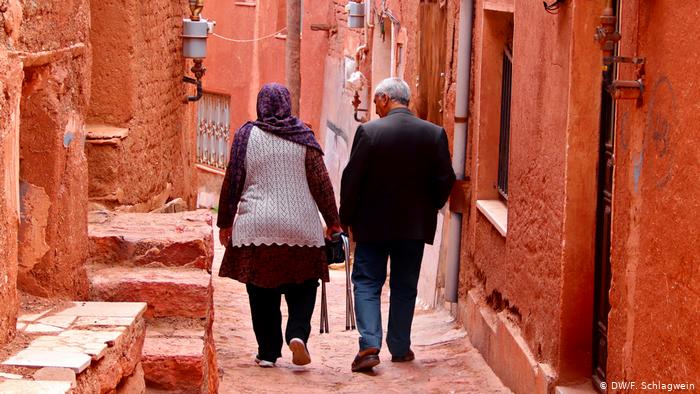
Abyaneh, the "red" village: the hamlet between Kashan and Isfahan has a population of circa 300. Nevertheless, almost everyone in Iran knows Abyaneh. The village with its red-brown mud houses has been able to preserve its very own culture and language for over 2,000 years and is therefore regarded by many Iranians as a living piece of history. Abyaneh has been on the UNESCO World Heritage Proposal List since 2007 -

The heat of the Lut Desert: this is probably how many people imagine the surface of the planet Mars. Dasht-e Lut, also called Kalut, is a place without life. NASA measured the hottest ground temperature on earth here in 2005 at 70.7 °C. Anyone visiting eastern Iran really should visit the Lut Desert – even if you donʹt stay for long -
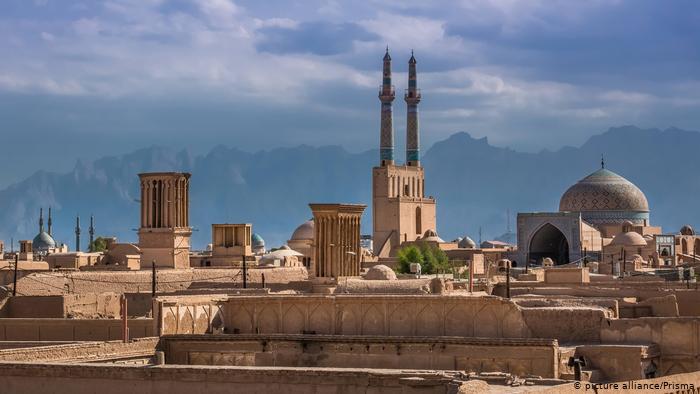
Yazd, an oasis in the desert: between Iran's two largest deserts lies one of the country's most beautiful cities. This former caravan staging post is famous for its ancient buildings, which are still preserved today. In the evening you can enjoy the view of the illuminated UNESCO World Heritage city from the roofs of the traditional tea houses -
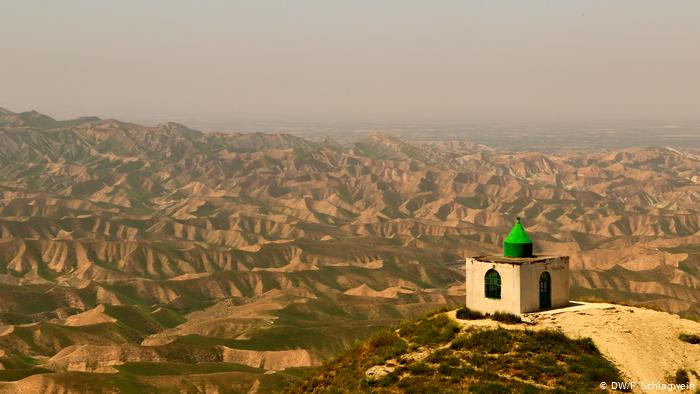
Stunning views in Golestan Province: out of the towns and into nature. In the far northeast of Iran, away from the usual tourist routes, lies Golestan. An absolute must to visit here is the tomb of Khaled Nabi, a forerunner of Mohammed. From here you have a breath-taking view of endless hills stretching in all directions to the horizon -
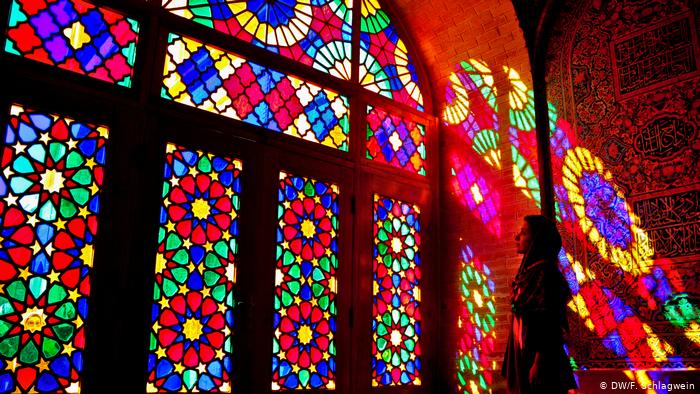
The Iranianʹs favourite city, Shiraz: ask Iranians what their favourite city is and many will answer "Shiraz". In fact, Shiraz has many other sights to offer besides the grave of the most famous Iranian poet Hafez. An absolute eye-catcher is the Nasir-ol-Molk mosque. In the morning hours the light falls through the stained glass windows, gives the house of prayer a magical atmosphere -
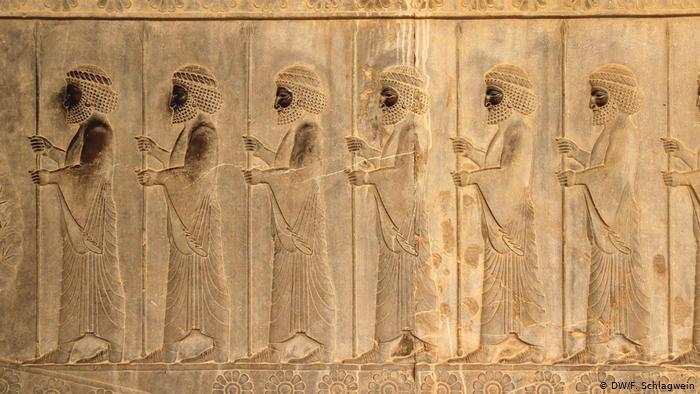
Persepolis, a testimony to ancient Persia: north of Shiraz lies the palace city of Persepolis, a monument to the former Persian Empire, which stretched from North Africa to India. In 330 BC the city was partially destroyed by Alexander the Great. The desert sand preserved its remains for over 2,000 years. Today Persepolis is a UNESCO World Heritage Site -
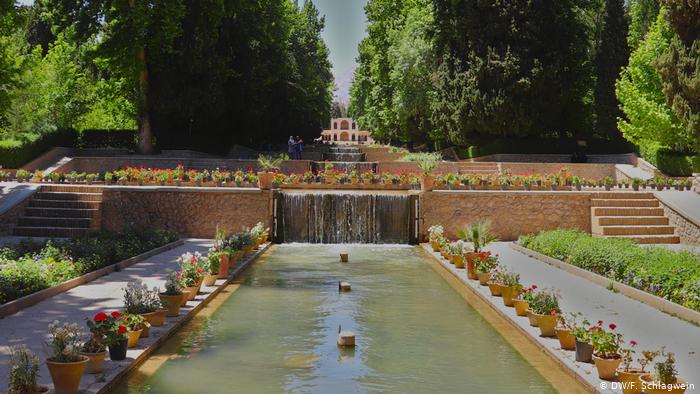
Iranʹs water gardens: countless gardens in Iran are not only beautiful to look at, they also serve as a retreat for many Iranians. Largely invisible to the strict eyes of police and parents, young unmarried couples can meet here and enjoy a little time together. One particularly stunning example is the Shazdeh Mahan Garden near Kerman in eastern Iran -
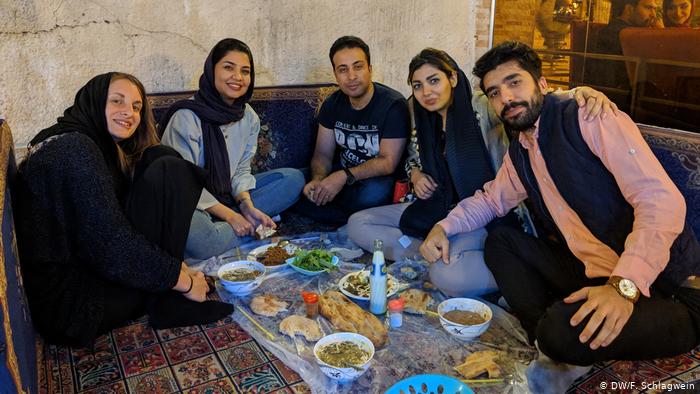
Iranʹs tradition of hospitality: the incredible friendliness and helpfulness of the Iranians may seem strange to many Western visitors. Wherever you go, you are invited for dinner or tea, there is open and cordial talk and laughter, often with traditional Persian food — such as here with our hosts and their friends in Mashhad
https://qantara.de./en/node/15716
Link
To all image galleries
